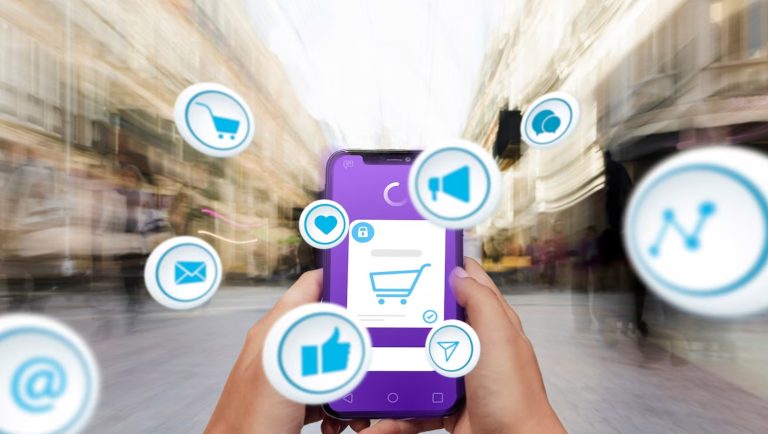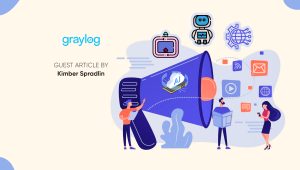To stay on the growth track in 2023, CEOs will be forced to adapt to a more discerning consumer environment to take advantage of the plethora of opportunities hidden in this economy.
A changing economic environment has created cautious consumers who put a priority on value and easy access to information. Rising expectations also mean it’s now more difficult to differentiate, especially with consumers wanting to define their own experiences and communicate on their preferred channels.
Consider these statistics from The Keenfolks:
- 80% of consumers say the experience a company provides is as important as its products or services.
- 75% of consumers expect a consistent experience across every channel they engage.
- 82% of consumers expect an immediate response to sales or marketing questions.
As our business coaching clients have experienced, this doesn’t make it a “bad” economy, but only a different economy requiring a change in your overall strategy.
So how do you most effectively engage your audience through your marketing, particularly in the face of a potential recession?
Marketing Technology News: MarTech Interview with Carsten Storm, Head of Digital Marketplace at SAP
Here are five tips:
1. Put a stronger focus on value and education.
Today’s buyers spend considerable time researching options. According to recent Gartner data, sales reps get only 5% of a potential customer’s time during their B2B buying journey.
This is because buyers spend most of their time seeking solutions on their own — doing research and comparing options. So they not only need to know why your company/offering is the best, but also why buying from you is a smart decision.
This requires you to post consistent content on the channels your prospects use most — not just on your website.
Remember, your competitors in your market are no longer your only competition. You now compete against all options for your buyers’ budget or discretionary spending.
Providing relevant information about your products or services helps demonstrate your value. It also makes what you offer more appealing to potential customers.
2. Incorporate retargeting to keep your brand top of mind.
Retargeting involves showing ads to people who previously visited your website or engaged with your brand. This helps keep you at the forefront of your potential buyers’ minds, while increasing the likelihood of a purchase.
Retargeting nurtures demand and further establishes brand preference by leveraging the principle of effective frequency. This marketing concept suggests it takes multiple exposures to a message before it becomes effective. For brand purposes, you usually need at least 20 impressions.
The Baader-Meinhof phenomenon (also known as the frequency illusion) is at work here too. This effect is often experienced when a person learns about something new and then begins to see it everywhere. For example, you find out about a new car and then suddenly start seeing it all over town.
This phenomenon occurs due to the way our brain processes new information. When you learn something new, your brain is more likely to pay attention to and remember that information.
The bonus benefit is, the familiarity you create with retargeting also builds trust.
3. Implement social selling on platforms such as LinkedIn.
Social selling is an especially powerful tool when you target B2B audiences. This involves identifying and engaging with prospects on social media platforms, while sharing valuable content and insights. Your first objective with this approach is to build trust and credibility.
LinkedIn’s Sales Navigator is one way to identify and connect with potential buyers. The tool offers advanced search capabilities, lead recommendations and messaging features that allow for personalized outreach and engagement.
Keep in mind, to be effective at social selling, you must know your target audience’s needs and pain points. It’s also important you’re authentic in your interactions, and you provide value by sharing your knowledge.
4. Use customer testimonials and reviews.
Customer testimonials and reviews create trust in your brand. You should collect and share this type of content regularly to showcase your customers’ positive experiences.
Just make sure you:
- Highlight specifics: Instead of using general statements, emphasize key benefits and measurable results experienced using your product or service.
- Use multiple formats: Effective formats include written statements, video interviews and infographics.
- Make your testimonials and reviews easy to find: Post them on your website, social media channels and other marketing materials.
5. Position yourself as a premium provider.
Begin by answering the following question:
How can I be the most expensive vendor in my industry and still have people lining up to do business with us?
Responding to this question forces you to focus on value and customer experience, rather than price (which can commoditize what you offer). Having this focus also makes you more likely to attract high-value customers.
Of course, as a premium provider, you must have superior products or services. Exceeding your customers’ expectations is a must too.
Additionally, differentiation plays an important role in positioning. So highlight your product or service’s unique features and benefits, as well as the added value your offer brings to the table.
By following these five tips, you can engage audiences with your marketing, even during a recession. This communication, which is essential for building relationships and driving sales in 2023, requires consistent effort and adaptation. As such, stay open to testing and refining your strategies.
Those are five tips to help you obtain a strong competitive edge in this economy for substantially increasing your market share and sales.
Marketing Technology News: Ad Tech Trends for 2023


















